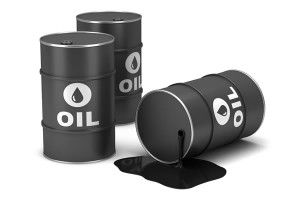
South Korea’s quest to control air pollution by shutting down coal-fired generators is resulting in surging fuel oil imports, as utilities burn the dirty feedstock to meet power demand.
Its nuclear reactors are also expected to go into scheduled maintenance at the same time when the coal-fired generators shut down.
South Korea’s trade ministry said in February it would suspend five coal-fired power plants, with a combined capacity of 2.32 gigawatts (GW), from March to June; part of a broad campaign to reduce pollution.
That plan may backfire, at least in the short-term. A cold winter has raised power and heating demand, forcing utilities to burn more fuel oil in order to meet demand.
A by-product of the crude oil refining process, fuel oil’s biggest use ahead of power generation is as a shipping fuel.
“In the near-term, fuel oil imports will increase to make up for the shortfall in coal-fired generation capacity,” said Managing Director of Consultancy, Sierra Vista Resources, Pat Markey.
Fuel oil imports by power producers into Asia’s fourth largest economy have jumped to 200,000 tonnes in March so far, up from 92,000 tonnes in February, tender data compiled by Reuters showed.
First-quarter fuel oil imports are expected at 417,000 tonnes, up 28 percent from a year ago and already more than 60 percent of the 660,000 tonnes taken for all of last year.
Burning fuel oil for power results in lower carbon dioxide emissions than coal-fired plants, but releases more toxic particles into the air.
“Pollutants generated during combustion of fuel oils are nitrogen oxides, carbon monoxide, greenhouse gases, volatile compounds (like unburned hydrocarbons) and toxic trace metals,” according to the U.S. Commission for Environmental Cooperation.
An official from a South Korean state-owned utility, said the increased fuel oil demand was partly a result of the government’s decision to halt coal-fired plants temporarily due to pollution and reduced nuclear power because of planned maintenance.
The official, who declined to be identified as he is not unauthorized to speak to the media, said some 110,000 tonnes of fuel oil would be needed in April.
Only two of South Korea’s major utilities, Korea East-West Power Co Ltd (EWP) and Korea Western Power Co (WP), issue tenders for fuel oil for power generation, mostly during peak summer and winter demand, data on Thomson Reuters Eikon shows.
The two utilities declined to comment. Coal power generates about 40 percent of South Korea’s total electricity needs, nuclear around 30 percent, and natural gas meets 20 percent. The rest comes from oil and renewables.
Even with the increase in fuel oil purchases, South Korea will have to raise imports of other fuels to meet demand as nearly half of its nuclear power plants are down for maintenance.
Liquefied natural gas (LNG) is the most likely to fill the gaps. Thomson Reuters Eikon data shows South Korea’s LNG shipments reached nearly 12 million tonnes between January and March 14, up 1.5 percent from the first quarter of last year.
Agency Report